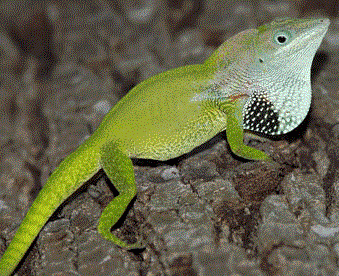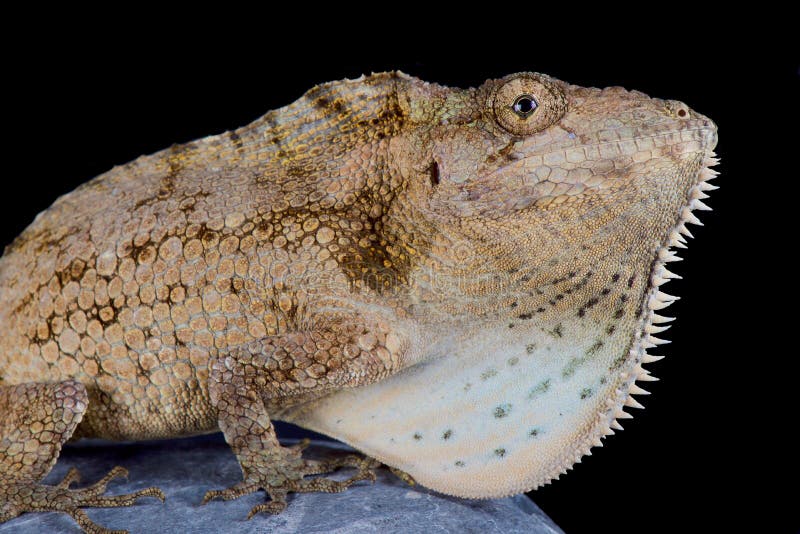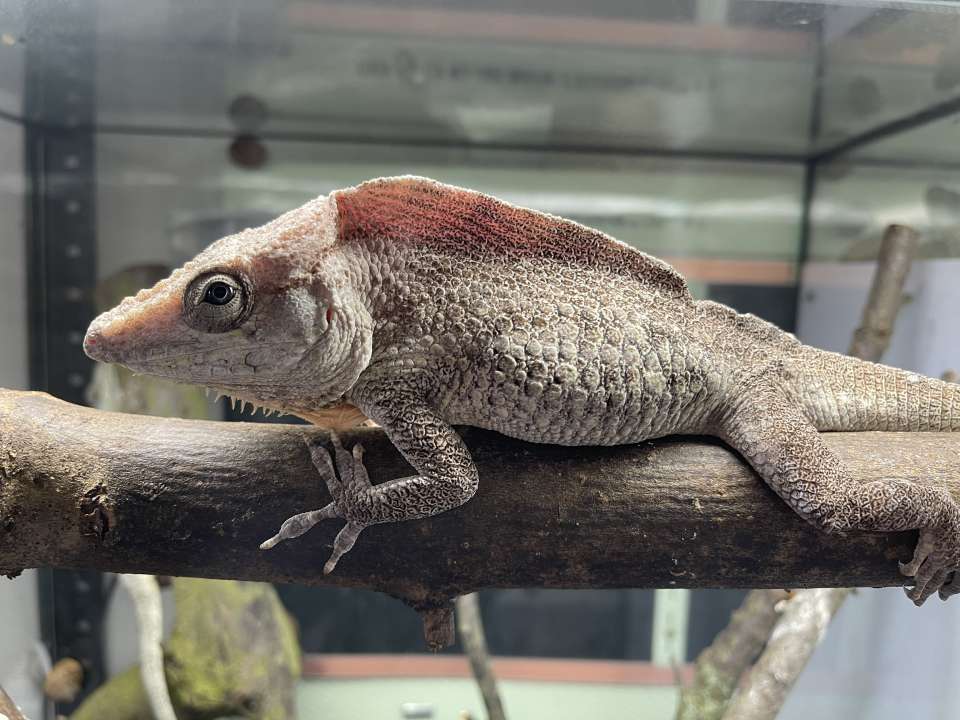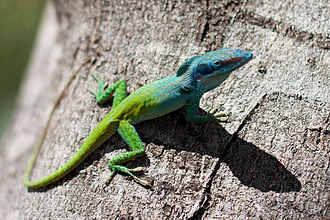Persnickety Parson's
Chameleon Enthusiast
@DeremensisBlue has seen the light and is going to do TWO podcasts in the world's only true chameleons, the anoles. I may or may not have had a small part to play in this turn of events.
Tonight
Tomorrow
I trust any proper "chameleon" enthusiast will turn up to take in the glory, and have a good time.
@jamest0o0 @MissSkittles @Brad @AmandaS @Beman @kinyonga
@Gingero

That is all have a nice day.

Tonight
Tomorrow
I trust any proper "chameleon" enthusiast will turn up to take in the glory, and have a good time.
@jamest0o0 @MissSkittles @Brad @AmandaS @Beman @kinyonga
@Gingero
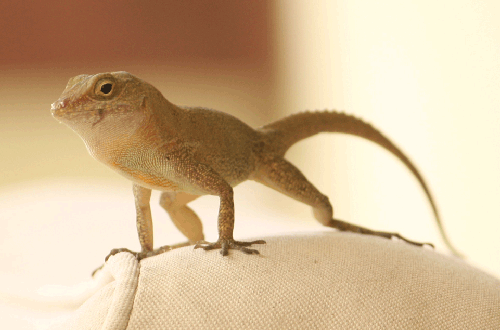
That is all have a nice day.






